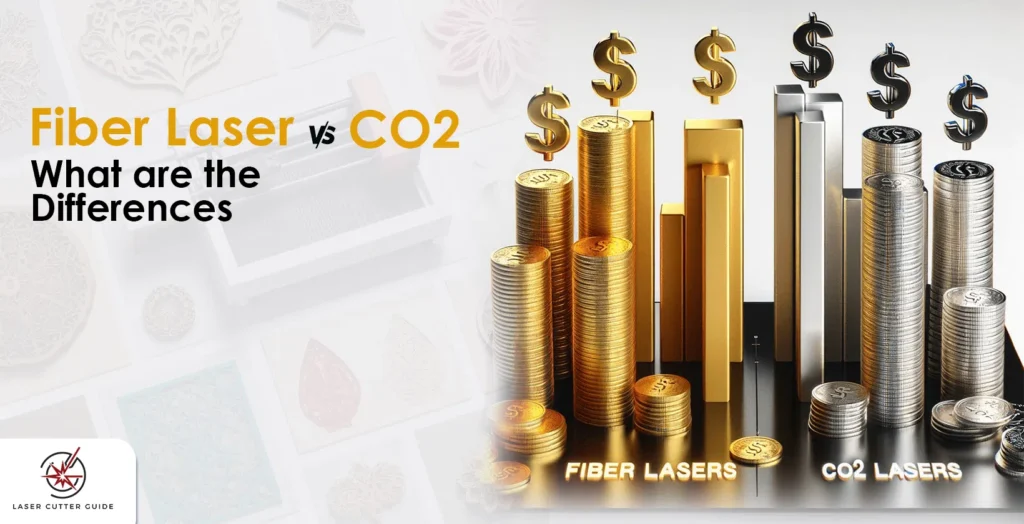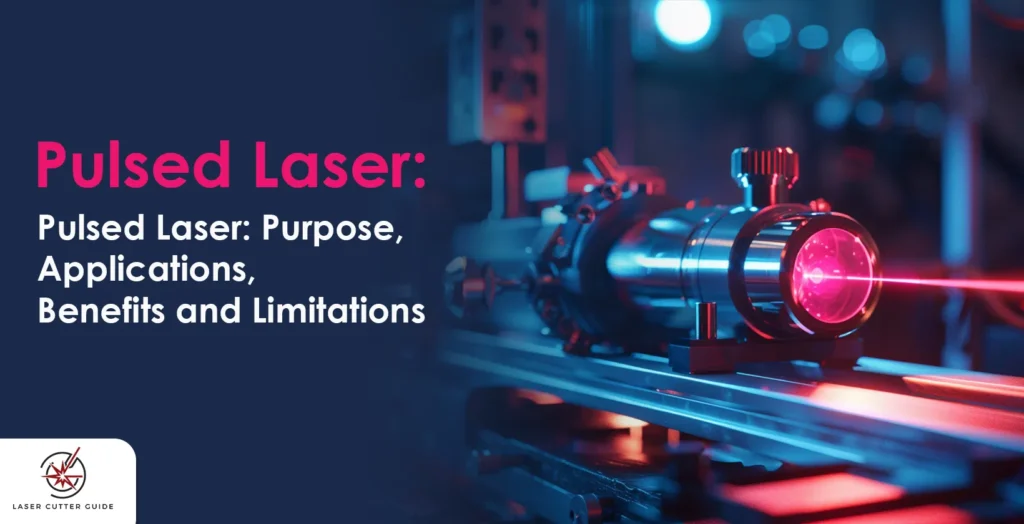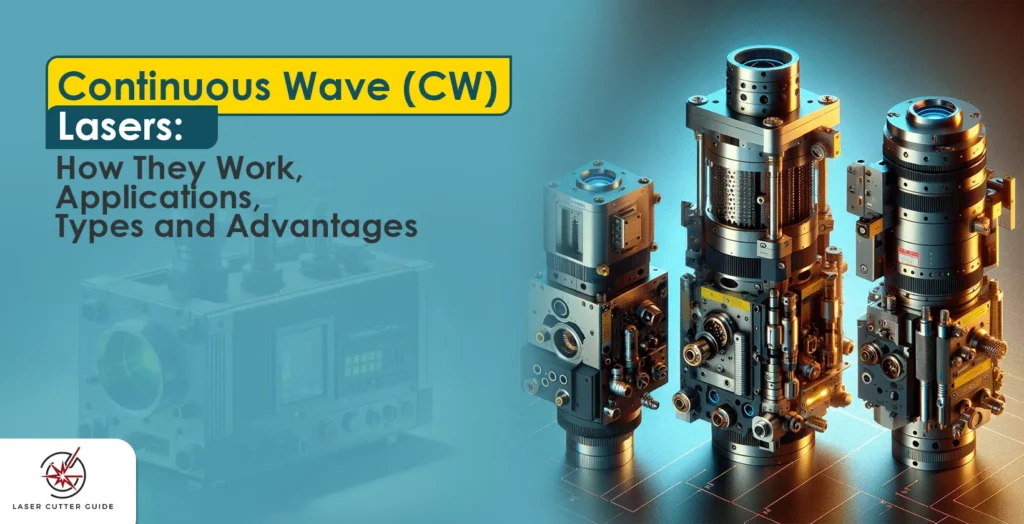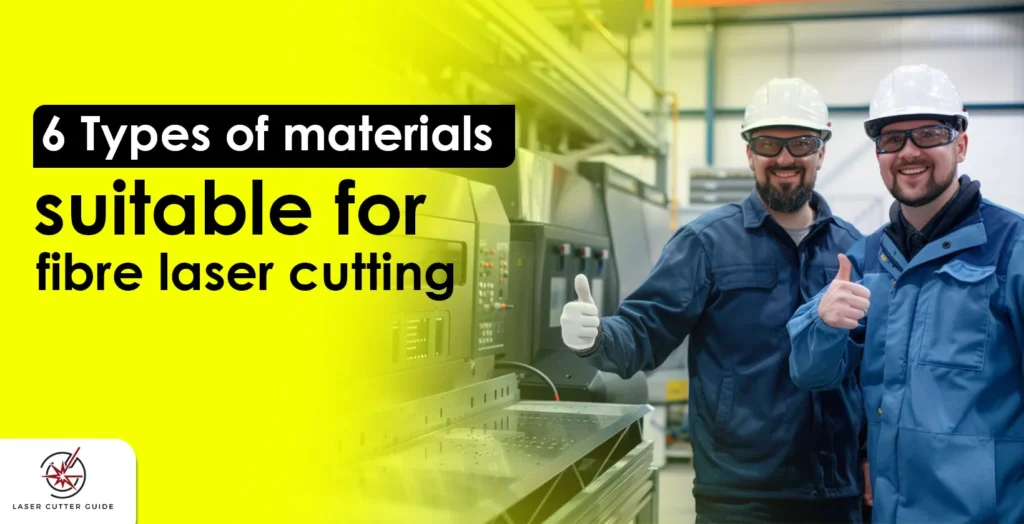
Jhonattan Ramirez received his B.Sc. in Computer and Telecommunications Engineering from Universidad Católica de Pereira in 2009, M.Sc. degree in Telecommunications Engineering from Universidad Pontificia Bolivariana (UPB – Medellin) in 2012, and PhD. in Electrical Engineering from the University of Campinas (UNICAMP) in 2017.
Jhonattan was a visiting Ph.D. researcher between 2014 and 2015, at the Catalan Institute of Nanoscience and Nanotechnology. Between 2018 and 2019 he was at the University of California in Santa Barbara (UCSB) as a Postdoctoral Researcher in the Department of Electrical and Computer Engineering (ECE), focusing his research on graphene electro-optical modulators. Currently, he holds a position at the Federal University of Minas Gerais (UFMG) as an Assistant Professor at the Electronic Engineering Department in the Engineering School.
As a scientist Jhonattan is actively involved in developing technological solutions through new manufacturing processes focused on integrated micro- and nano-photonic devices based on silicon and polymer photonics, and its implementation in telecommunication applications, and sensor components. He was elected as OPTICA Ambassador (Formerly Optical Society of America – OSA) within the 2022 class. He is also an IEEE Senior Member (Institute of Electrical and Electronics Engineers), member of OPTICA (a global leadership society for optics and photonics), Brazilian Photonics Society (SBFoton), and Brazilian Microelectronics Society (SBMicro).
Find more from Jhonattan Ramirez

Laser Beam Quality: Definition, How it Works, and How to Optimize
Laser beam quality is an essential aspect of laser technology, defining the accuracy and efficiency of a laser beam. The different elements involved in the

Fiber Laser vs CO2: What are the Differences
Understanding the differences between technologies and the materials for which they work best when comparing fiber laser vs CO2 is essential. Fiber lasers are noted

Pulsed Laser: Purpose, Applications, Benefits and Limitations
A pulsed laser emits light in short bursts or pulses, with intervals of ‘off’ time between pulses. A pulsed laser differs from continuous-wave lasers in

Continuous Wave (CW) Lasers: How They Work, Applications, Types and Advantages
Continuous Wave (CW) lasers are a type of laser system that emits a constant and uninterrupted beam of laser light. CW lasers emit steady light
Semiconductor Lasers: How They Work, Applications, Types, and Developments
A semiconductor laser stimulates light emission to produce coherent light using a semiconductor material as the active medium. Semiconductor lasers work on the principle of

6 Types of Materials Suitable for Fiber Laser Cutting
Fiber laser cutting is capable of cutting several materials. Stainless steel, known for its corrosion resistance and robustness, is suitable for applications requiring endurance and
